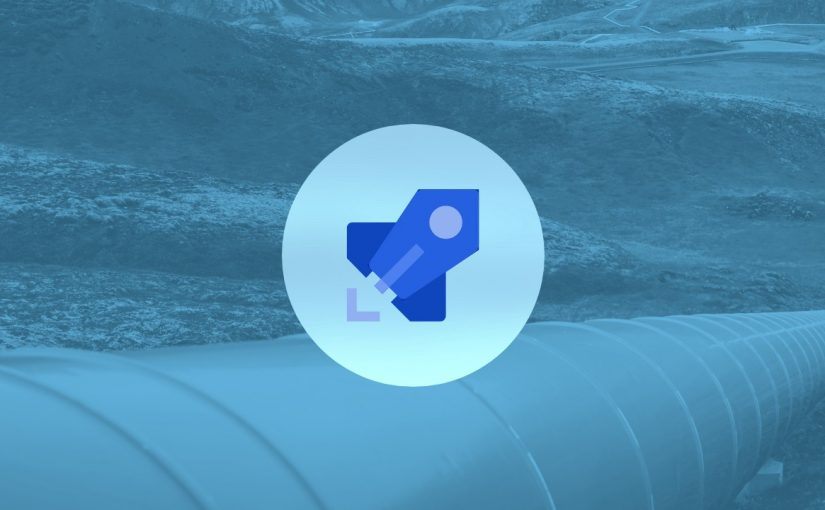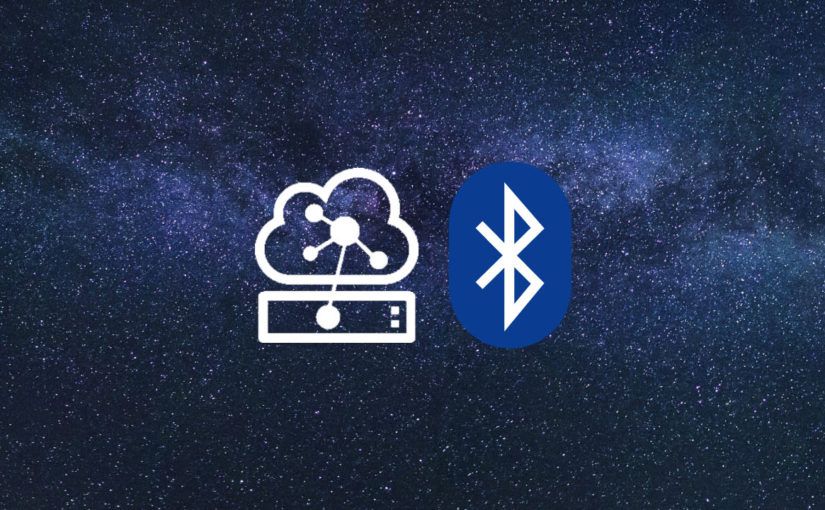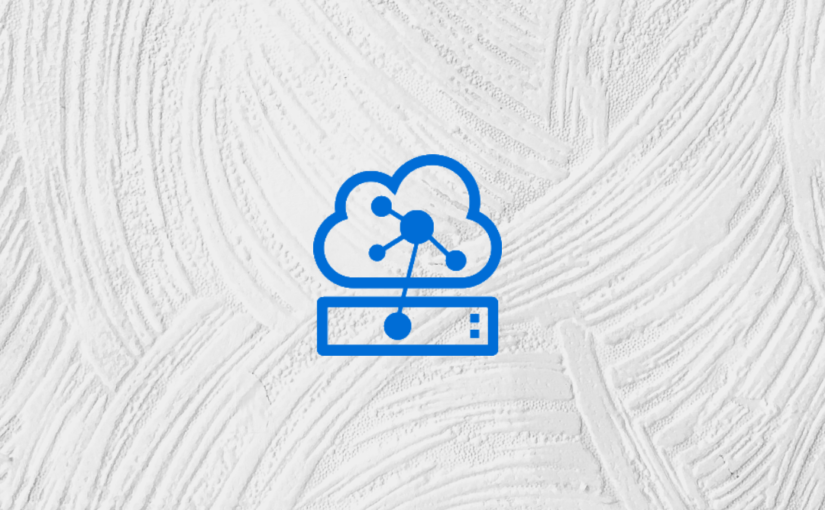When working with Azure Table Storage (ATS) in C# / .NET there are currently at least four NuGet packages offered by Microsoft for working with tables. It gets even more complicated as there’s an Azure.Storage SDK (currently in Version 12) that works with all Azure Storage Account related services — except Table Storage. Additionally Microsoft mostly talks about the CosmosDB Table API, but all libraries also work with the regular ATS since the APIs are identical.
So what are our options and which one should I choose?
Continue reading Which Azure Table Storage .NET SDK should I use?




